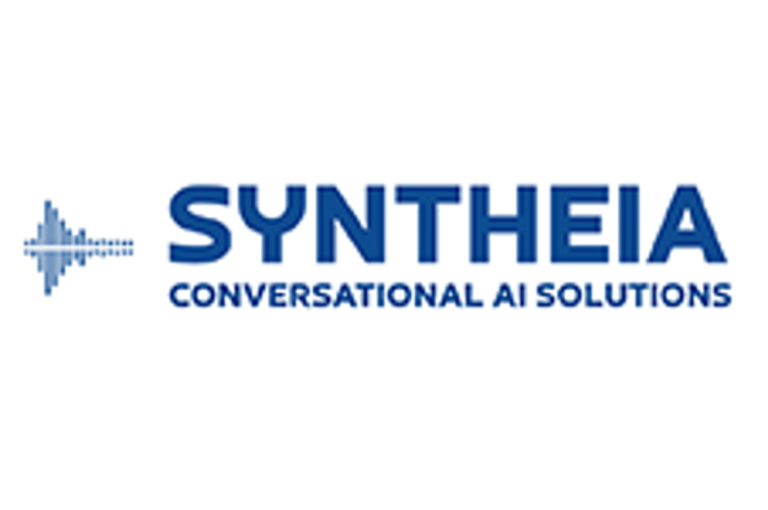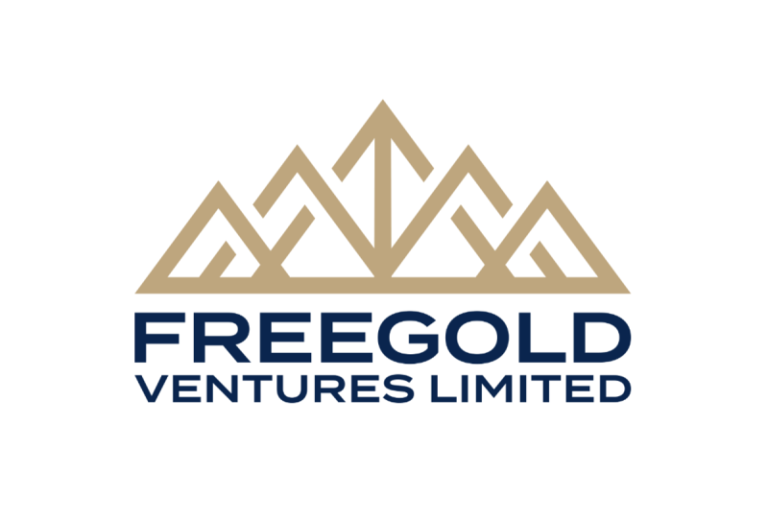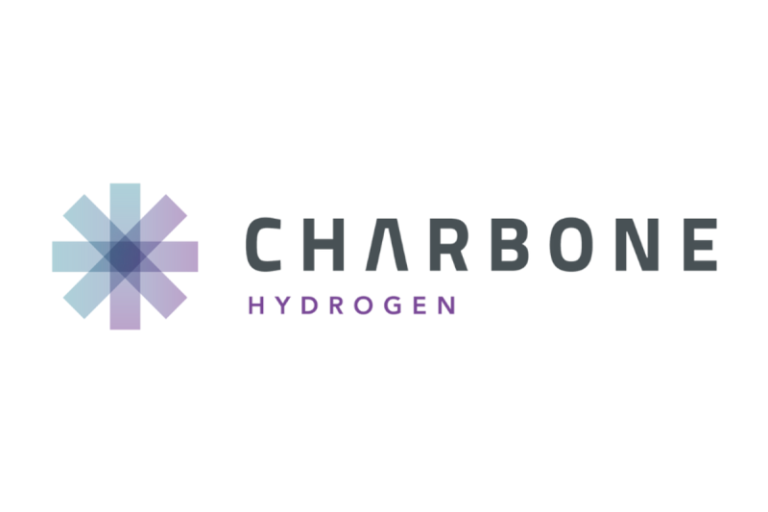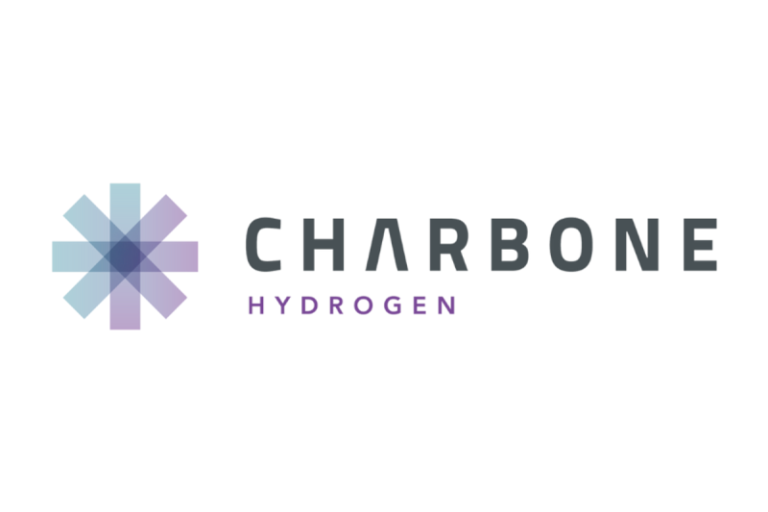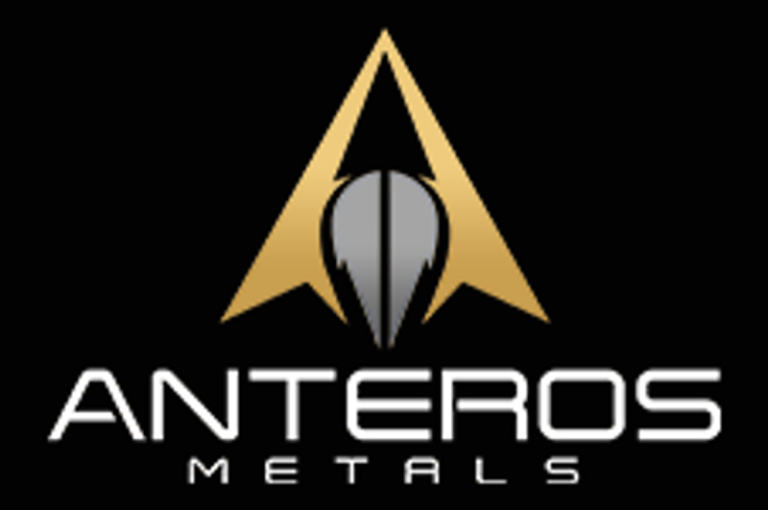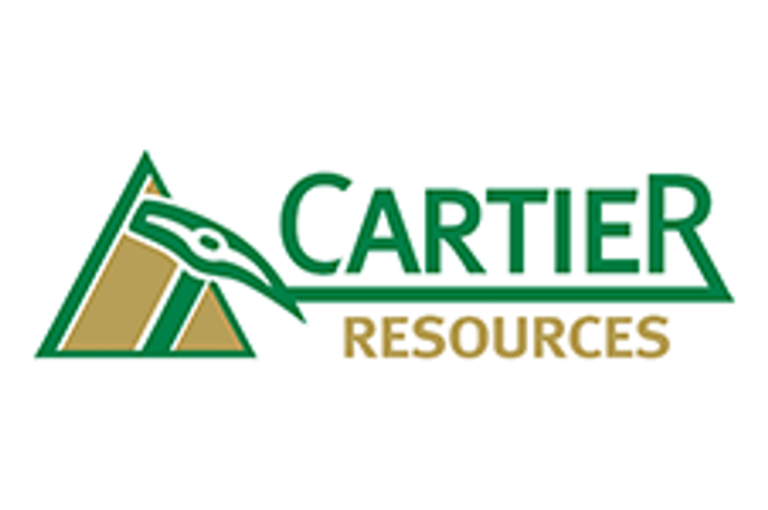Cartier Resources Inc. (″ Cartier ″ or the ″ Company ″) (TSXV: ECR,OTC:ECRFF; FSE: 6CA) is pleased to announce the second batch of results from Main Sector and more precisely, the VG9 Zone, from the fully funded 100,000-m drilling program (2 drill rigs) on its 100%-owned Cadillac Project, located in Val-d’Or (Abitibi, Quebec).
Strategic Highlights from Main Sector
Drill Results of VG9 Zone (Figures 1 & 2)
- Hole CA25-261 intersected 35.5 g/t Au over 0.5 m with visible gold grains , at a depth of 125 m.
- Hole CA25-267 intersected 20.4 g/t Au over 0.5 m with visible gold grains , at a depth of 55 m.
- Hole CA25-259 graded 4.4 g/t Au over 3.0 m including 7.2 g/t Au over 1.0 m with visible gold grains , at a depth of 60 m.
- Holes CA25-261 and CA25-267 are spaced 95 m apart.
Significance for Investors
- Holes CA25-259, 261 and CA25-267 confirm the newly identified VG9 high-grade gold zone near surface . The mineralization extends over a minimum of 75 m in strike length by 125 m in depth , signaling significant upside potential .
- Previous 2024 Cartier drill hole assay intervals, respectively 46.0 g/t Au over 0.5 m included in 11.7 g/t Au over 4.0 m (hole CH24-251) and 20.2 g/t Au over 1.0 m included in 11.2 g/t Au over 2.0 m (hole CH24-147), had successfully and summarily recognized this mineralization (see Cartier news release dated December 3, 2024 and titled ″ Cartier drills 173.6 g/t Au over 0.5 m and 11.7 g/t Au over 4.0 m to expand multiple high-grade gold zones at East Cadillac ″) .
- Most importantly, VG9 Zone demonstrates strong high-grade gold potential and is strategically located just 200 metres north of existing mineral resources . This proximity is expected to reduce development costs and enhance operational efficiencies , significantly improving Cadillac project .
Next Steps
- Additional drilling is required on VG9 Zone to expand gold mineralization (150-300 m) and advance toward a future gold inventory . In parallel, drilling is currently underway to test the VG10 Zone, located 200 metres east of VG9, which hosts the same style of mineralization and presents additional exploration potential .
- Further exploration drilling is already planned to test several new high-priority regional targets at Main Sector, backed by detailed structural and geological modelling and VRIFY’s artificial intelligence (AI) driven targeting , reinforcing the potential for additional gold discoveries .
‘ The new high-grade gold results from VG9 further demonstrate the growing potential of the deposit at depth, with mineralization remaining open. Importantly, this zone is strategically located near surface and close to the proposed underground infrastructures outlined in our latest economic study. As such, VG9 could be efficiently integrated into our future mine plan, potentially enhancing Cadillac project economics .’ – Philippe Cloutier, President and CEO of Cartier.
‘ The VG9 Zone is hosted within sedimentary rocks (wacke-mudrock) including localized conglomeratic sections (Cadillac Group). These rock types have historically been underexplored and undervalued in previous exploration strategies across the region. However, recent results mark a significant technical breakthrough, highlighting the untapped potential of these geological settings and meaningful exploration upside at Main Sector . ‘ – Ronan Deroff, Vice President Exploration of Cartier.
Figure 1 : Plan view, cross and long sections of the Main Sector
Figure 2 : Photos of the drill core from holes CA25-259, CA25-261 and CA25-267.
Table 1 : Drill hole best assay results from Main Sector
| Hole Number |
From (m) |
To (m) |
Core Length** (m) |
Au (g/t) Uncut |
Vertical Depth (m) |
Zone |
| CA25-256 |
113.0 |
114.0 |
1.0 |
5.3 |
≈80 |
VG9 (1) |
| CA25-259 |
99.0 |
102.0 |
3.0 |
4.4* |
≈60 |
VG9 (1) |
| Including |
101.0 |
102.0 |
1.0 |
7.2* |
| CA25-261 |
143.4 |
143.9 |
0.5 |
35.5* |
≈125 |
VG9 (1) |
| CA25-263 |
135.0 |
136.0 |
1.0 |
8.3 |
≈100 |
VG9 (2) |
| CA25-264 |
137.9 |
138.9 |
1.0 |
5.9 |
≈120 |
VG9 (1) |
| CA25-267 |
71.5 |
72.0 |
0.5 |
20.4* |
≈55 |
VG9 (1) |
| CA25-269 |
110.0 |
110.5 |
0.5 |
6.3* |
≈100 |
VG9 (1) |
* Occurrences of visible gold (VG) have been noted in the drill core at various intervals. ** Based on the observed intercept angles within the drill core, true thicknesses are estimated to represent approximately 50-90 % of the reported core length intervals.
Main Sector
The Contact Sector is a highly prospective area featuring several newly defined high-priority drill targets and gold deposits including Chimo, East Chimo and West Nordeau with indicated resources of 720,000 ounces (7.1 million tonnes at 3.1 g/t Au) and inferred resources of 1,633,000 ounces (18.5 million tonnes at 2.8 g/t Au). In addition, two new high-grade gold zones were discovered during Cartier’s latest drilling campaigns, including the VG9 and VG10 zones.
The three deposits and newly identified VG9 and VG10 gold zones lie along an east-west trending, sheared corridor (Cadillac Fault Zone) and occur at the contact between the hanging wall turbiditic sedimentary rocks (wacke-mudrock), locally conglomerates and iron formations of Cadillac Group and the footwall mafic volcanics (basalt) of Piché Group. This lithological contact is a favorable horizon for hydrothermal fluid flow, likely related to synvolcanic gold deposition.
The Main Sector, defined by at least twenty-six sub-parallel gold-rich zones, are typically and primarily associated with a fine-grained and disseminated arsenopyrite-pyrrhotite mineralization, with a pervasive biotite-chlorite-carbonate alteration, all crosscut by late-stage smoky and white quartz vein and veinlet stockworks containing visible gold. Locally, accessory minerals such as pyrite and tourmaline are observed.
Milestones of 2025-2027 Exploration Program
100,000 m Drilling Program (Q3 2025 to Q2 2027)
The ambitious 600-hole drilling program will both expand known gold zones (Brownfield Growth) and test new shallow surface high-potential targets (Greenfield Discovery). The objective is to unlock the camp-scale, high-grade gold potential along the 15 km Cadillac Fault Zone. It is important to note that Cartier’s recent consolidation of this large land holding offers the unique opportunity in over 90 years for unrestricted exploration.
Environmental Baseline Studies & Economic Evaluation of Chimo mine tailings (Q3 2025 to Q3 2026)
The baseline studies will be divided into two distinct parts which include 1) environmental baseline desktop study and 2) preliminary environmental geochemical characterization. The initial baseline studies will provide a comprehensive understanding of the current environmental conditions and implement operations that minimize environmental impact while optimizing the economic potential of the project. These studies will be supplemented by an initial assessment of the economic potential of the past-producing Chimo mine tailings to determine whether a quantity of gold can be extracted economically.
Metallurgical Sampling and Testwork Program (Q4 2025 to Q1 2026)
The metallurgical testwork program includes defining of expected gold recovery rates and improving historical results from the Chimo deposit, as well as establishing metallurgical recovery data for the first-time for the East Chimo and West Nordeau satellite deposits, where no previous data exists. This comprehensive program will characterize the mineralized material, gold recovery potential and validate optimal grind size defining the most efficient and cost-effective flowsheet. The data generated will directly support optimized project development and have the potential to significantly reduce both capital and operating costs, while also improving the environmental footprint.
Table 2 : Drill hole collar coordinates from Main Sector
| Hole Number |
UTM Easting (m) |
UTM Northing (m) |
Elevation (m) |
Azimuth (°) |
Dip (°) |
Hole Length (m) |
| CA25-256 |
333305 |
5319943 |
354 |
211 |
-49 |
141 |
| CA25-257 |
333305 |
5319943 |
354 |
217 |
-60 |
162 |
| CA25-258 |
333305 |
5319943 |
354 |
225 |
-68 |
192 |
| CA25-259 |
333305 |
5319943 |
354 |
192 |
-45 |
132 |
| CA25-260 |
333305 |
5319943 |
354 |
197 |
-59 |
150 |
| CA25-261 |
333305 |
5319943 |
354 |
204 |
-68 |
171 |
| CA25-263 |
333305 |
5319943 |
354 |
177 |
-53 |
153 |
| CA25-264 |
333305 |
5319943 |
354 |
180 |
-65 |
171 |
| CA25-266A |
333358 |
5319898 |
354 |
194 |
-46 |
102 |
| CA25-267 |
333358 |
5319898 |
354 |
214 |
-61 |
123 |
| CA25-269 |
333358 |
5319898 |
354 |
220 |
-72 |
150 |
| |
|
|
|
|
|
|
Table 3 : Drill hole detailed assay results from Main Sector
| Hole Number |
From (m) |
To (m) |
Core Length** (m) |
Au (g/t) Uncut |
Vertical Depth (m) |
Zone |
| CA25-256 |
103.3 |
104.1 |
0.8 |
1.7 |
≈70 |
VG9 (1) |
| And |
113.0 |
114.0 |
1.0 |
5.3 |
≈80 |
VG9 (1) |
| CA25-257 |
117.0 |
118.0 |
1.0 |
1.4 |
≈95 |
VG9 (1) |
| And |
120.0 |
121.0 |
1.0 |
2.2 |
| And |
134.0 |
135.0 |
1.0 |
2.6 |
≈110 |
VG9 (1) |
| And |
135.0 |
136.0 |
1.0 |
1.6 |
| CA25-258 |
182.8 |
183.8 |
1.0 |
2.3 |
≈160 |
VG9 (2) |
| CA25-259 |
99.0 |
102.0 |
3.0 |
4.4* |
≈60 |
VG9 (1) |
| Including |
99.0 |
100.0 |
1.0 |
5.1 |
| Including |
101.0 |
102.0 |
1.0 |
7.2* |
| CA25-260 |
113.0 |
114.0 |
1.0 |
1.5 |
≈90 |
VG9 (1) |
| And |
114.0 |
115.0 |
1.0 |
1.5 |
| CA25-261 |
132.0 |
133.0 |
1.0 |
1.9 |
≈115 |
VG9 (1) |
| And |
143.4 |
143.9 |
0.5 |
35.5* |
≈125 |
| CA25-263 |
135.0 |
136.0 |
1.0 |
8.3 |
≈100 |
VG9 (2) |
| CA25-264 |
137.9 |
138.9 |
1.0 |
5.9 |
≈120 |
VG9 (1) |
| And |
162.0 |
163.0 |
1.0 |
2.9 |
≈140 |
VG9 (2) |
| CA25-266A |
62.0 |
63.0 |
1.0 |
1.0 |
≈40 |
VG9 (1) |
| And |
63.0 |
64.0 |
1.0 |
1.3 |
| And |
64.0 |
65.0 |
1.0 |
1.0 |
| CA25-267 |
71.5 |
72.0 |
0.5 |
20.4* |
≈55 |
VG9 (1) |
| CA25-269 |
110.0 |
110.5 |
0.5 |
6.3* |
≈100 |
VG9 (1) |
| And |
110.5 |
111.0 |
0.5 |
1.6 |
* Occurrences of visible gold (VG) have been noted in the drill core at various intervals. ** Based on the observed intercept angles within the drill core, true thicknesses are estimated to represent approximately 50–90 % of the reported core length intervals.
Quality Assurance and Quality Control (QA/QC) Program
The drill core from the Cadillac Project is NQ-size and, upon receipt from the drill rig, is described and sampled by Cartier geologists. Core is sawn in half, with one half labelled, bagged and submitted for analysis and the other half retained and stored at Cartier’s coreshack facilities located in Val-d’Or, Quebec, for future reference and verification. As part of Quality Assurance and Quality Control (QA/QC) program, Cartier inserts blank samples and certified reference materials (standards) at regular intervals into the sample stream prior to shipment to monitor laboratory performance and analytical accuracy.
Drill core samples are sent to MSALABS’s analytical laboratory located in Val-d’Or, Quebec, for preparation and gold analysis. The entire sample is dried and crushed (70% passing a 2-millimeter sieve). The analysis for gold is performed on an approximately 500 g aliquot using Chrysos Photon Assay technology, which uses high-energy X-ray excitation with gamma detection to quickly and non-destructively measure gold content.
Alternatively, samples are submitted to Activation Laboratories Ltd. (‘Actlabs’), located in either Val-d’Or or Ste-Germaine-Boulé, both in Quebec, for preparation and gold analysis. The entire sample is dried, crushed (90% passing a 2-millimetre sieve) and 250 g is pulverized (90% passing a 0.07-millimetre sieve). The analysis for gold is conducted using a 50 g fire assay fusion with atomic absorption spectroscopy (AAS) finish, with a detection limit up to 10,000 ppb. Samples exceeding this threshold are reanalyzed by fire assay with a gravimetric finish to determine high-grade values accurately.
Both MSALABS and Actlabs are ISO/IEC 17025 accredited for gold assays and implement industry-standard QA/QC protocols. Their internal quality control programs include the use of blanks, duplicates, and certified reference materials at set intervals, with established acceptance criteria to ensure data integrity and analytical precision.
Qualified Person
The scientific and technical content of this press release has been prepared, reviewed and approved by Mr. Ronan Déroff, P.Geo., M.Sc., Vice President Exploration, who is a ″Qualified Person″ as defined by National Instrument 43-101 – Standards of Disclosure for Mineral Projects (″NI 43-101″).
About Cadillac Project
The Cadillac Project, covering 14,000 hectares along a 15-kilometre stretch of the Cadillac Fault, is one of the largest consolidated land packages in the Val-d’Or mining camp. Cartier’s flagship asset integrates the historic Chimo Mine and East Cadillac projects, creating a dominant position in a world class gold mining district. With excellent road access, year-round infrastructure and nearby milling capacity, the project is ideally positioned for rapid advancement and value creation.
Using a gold price of US$1,750/oz, a Preliminary Economic Assessment demonstrated the economic viability of a 2-km segment, compared to the 15 km that will be the subject of the 100,000 m drilling program, with an average annual gold production of 116,900 oz over a 9.7-year mine life. Indicated resources are estimated at 720,000 ounces (7.1 million tonnes at 3.1 g/t Au) and inferred resources at 1,633,000 ounces (18.5 million tonnes at 2.8 g/t Au). Please see the NI 43-101 ″Technical Report and Preliminary Economic Assessment for Chimo Mine and West Nordeau Gold Deposits, Chimo Mine and East Cadillac Properties, Quebec, Canada, Marc R. Beauvais, P.Eng., of InnovExplo Inc., Mr. Florent Baril of Bumigeme and Mr. Eric Sellars, P.Eng. of Responsible Mining Solutions″ effective May 29, 2023.
About Cartier Resources Inc.
Cartier Resources Inc., founded in 2006 and headquartered in Val-d’Or (Quebec) is a gold exploration company focused on building shareholder value through discovery and development in one of Canada’s most prolific mining camps. The Company combines strong technical expertise, a track record of successful exploration, and a fully funded program to advance its flagship Cadillac Project. Cartier’s strategy is clear: unlock the full potential of one of the largest undeveloped gold landholdings in Quebec.
For further information, contact:
Philippe Cloutier, P. Geo.
President and CEO
Telephone: 819-856-0512
philippe.cloutier@ressourcescartier.com
www.ressourcescartier.com
Neither TSX Venture Exchange nor its Regulation Services Provider (as that term is defined in policies of the TSX Venture Exchange) accepts responsibility for the adequacy or accuracy of this release.
Photos accompanying this announcement are available at:
https://www.globenewswire.com/NewsRoom/AttachmentNg/5e4b790c-03e6-4650-b411-69935b59a904
https://www.globenewswire.com/NewsRoom/AttachmentNg/c87a1281-3553-4138-908b-00da23472739


